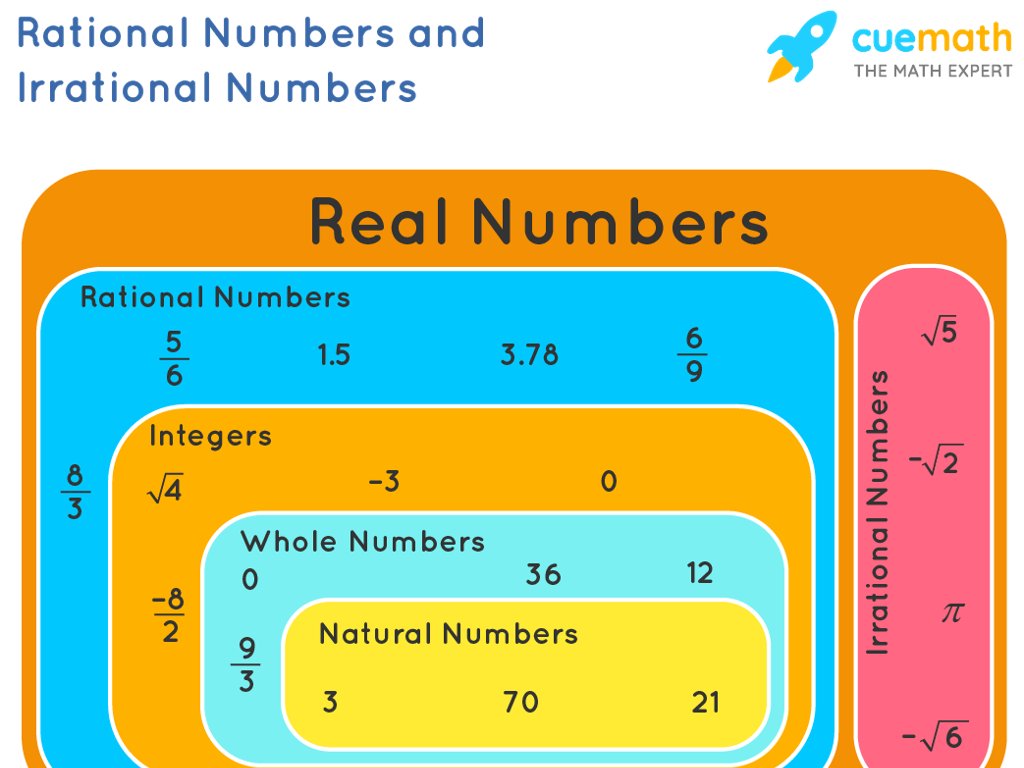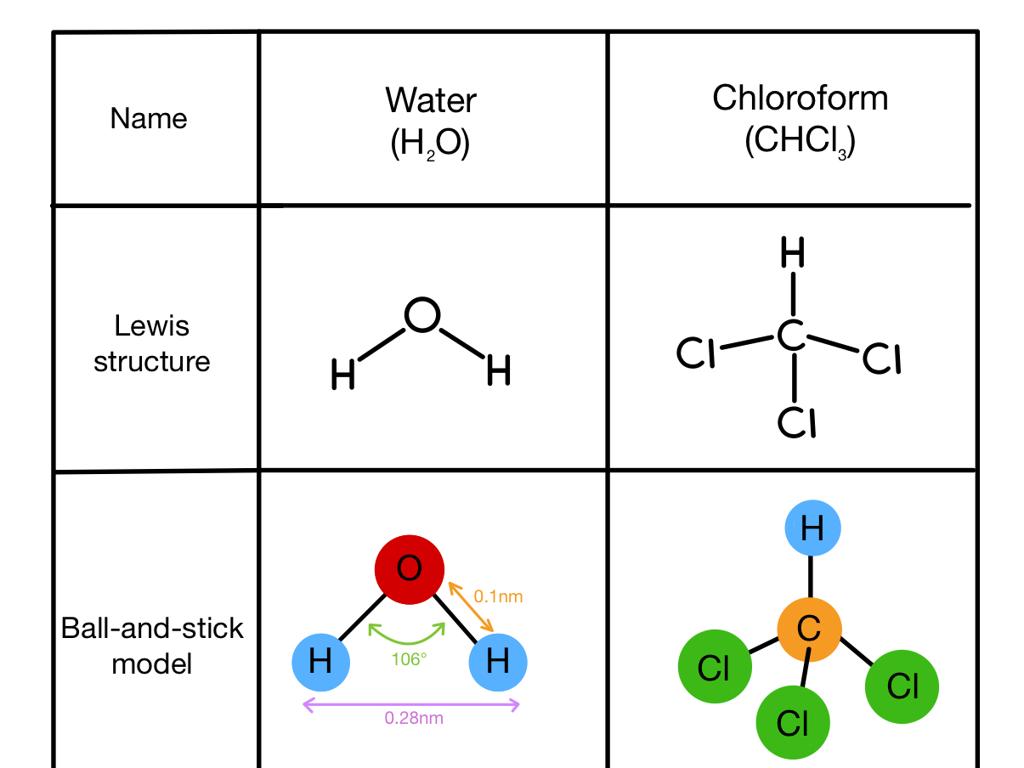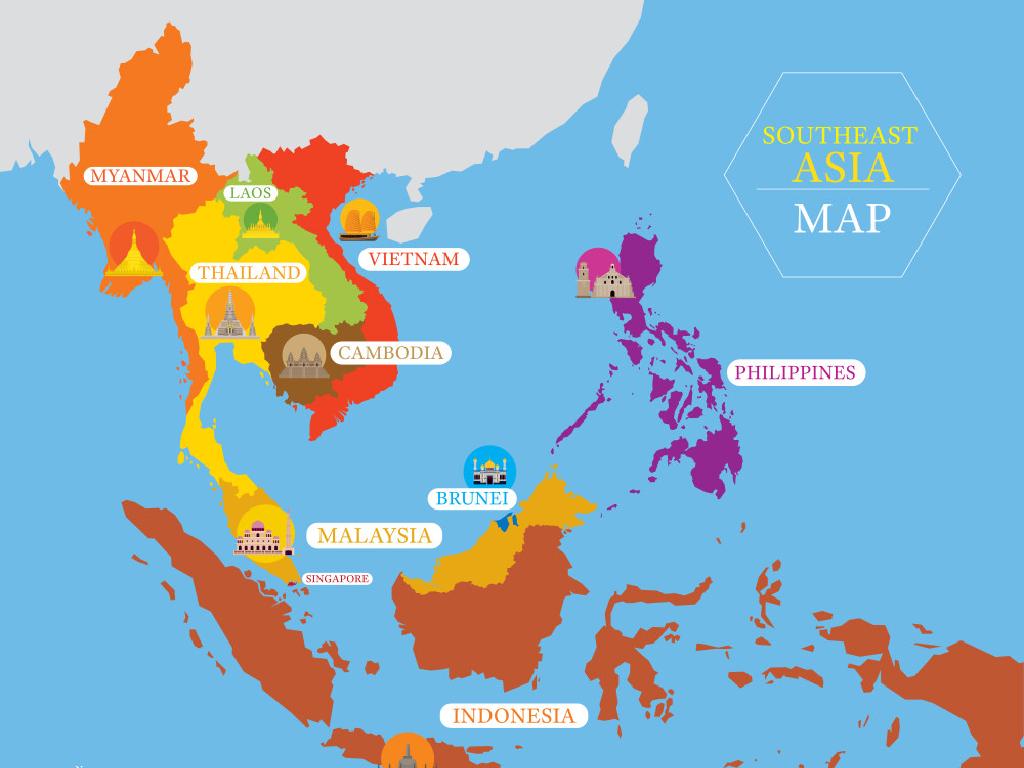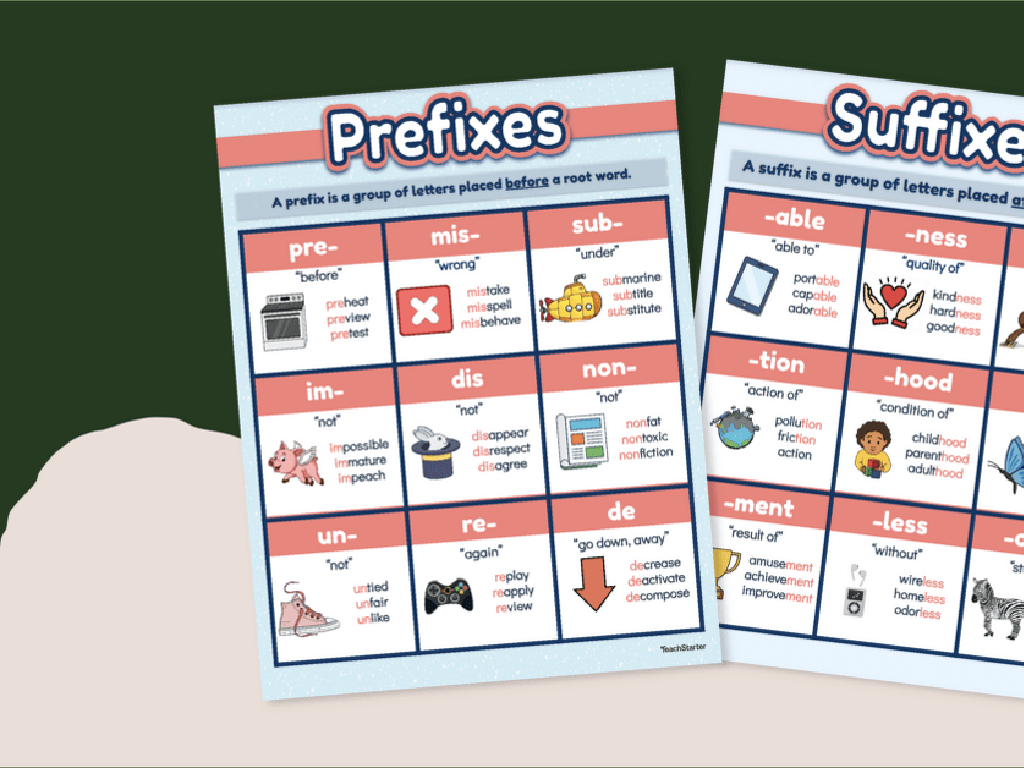Size Patterns
Subject: Math
Grade: Kindergarten
Topic: Patterns
Please LOG IN to download the presentation. Access is available to registered users only.
View More Content
Welcome to Patterns!
– Greet our little explorers
– Today’s adventure: Size Patterns
– We’ll explore patterns by size
– Discovering patterns around us
– Look at objects in the room, nature, and clothes
– Understanding size patterns
– Size patterns use big and small items in order
|
Begin the class with a warm and enthusiastic greeting to engage the young students. Introduce the concept of size patterns by explaining that patterns are a way things are arranged following a certain order or rule. Encourage the children to observe their surroundings to find patterns, such as in the arrangement of tiles on the floor, the sequence of buttons on their clothes, or the sizes of leaves on a plant. Use simple language to explain that size patterns can be made using objects that vary in size from big to small or small to big. This will set the foundation for activities where they will create and recognize size patterns themselves.
Exploring Size Patterns
– What is a pattern?
– A pattern repeats in a logical sequence.
– Patterns with sizes
– Big, small, big, small is a size pattern.
– Recognizing size patterns
– Find patterns in everyday objects.
– Creating our own patterns
|
This slide introduces the concept of patterns to Kindergarten students, focusing on size patterns. Start by explaining that a pattern is a sequence that repeats in a predictable way. Use tangible examples like alternating big and small blocks to illustrate size patterns. Encourage the students to observe and recognize patterns in the classroom or at home, such as sizes of utensils or toys. Finally, involve the students in an interactive activity where they create their own size patterns using objects available in the classroom. This hands-on experience will help solidify their understanding of patterns.
Understanding Size: Big and Small
– Learn about size: big or small
– Comparing sizes is fun!
– Use words like big, bigger, biggest or small, smaller, smallest
– Show big and small with hands
– Can you make a big shape and a small shape with your hands?
– Practice with classroom objects
– Let’s find things that are big and small around us
|
This slide introduces the concept of size to Kindergarten students, helping them understand that size refers to how big or small something is. Encourage the children to use their hands to show something big by stretching their arms out wide and something small by bringing their hands close together. This kinesthetic activity helps them grasp the concept of size. Then, move on to comparing objects in the classroom to reinforce the concept. Use simple language and ensure that the activities are interactive to keep the students engaged. During the next class, you can ask the students to bring examples of big and small items from home to discuss and compare as a group.
Learning About Size Patterns
– What is a size pattern?
– A sequence where sizes repeat in a certain order.
– Patterns can grow or shrink
– They can start tiny and get huge, or start huge and get tiny.
– Let’s create a size pattern!
– We’ll use objects to make our own patterns in class!
|
This slide introduces the concept of size patterns to Kindergarten students. Begin by explaining that a size pattern is a sequence where the size of objects follows a specific order that repeats. Show them examples of patterns that increase in size (small to big) and those that decrease (big to small). During the activity, provide a variety of objects in different sizes and encourage the children to arrange them in a pattern. This hands-on activity will help them understand the concept of size patterns. Offer guidance and praise as they work on creating their own patterns. The goal is to make learning about size patterns a fun and interactive experience.
Creating Our Own Size Patterns
– Use blocks to make patterns
– Start small, then go big
– Begin with a tiny block, then choose a larger one
– What’s the next size?
– Can you guess the next block in the sequence?
– Repeat the pattern!
– Continue the sequence you’ve started
|
This slide is designed to introduce Kindergarten students to the concept of size patterns through a hands-on activity using blocks. Start by explaining what a pattern is and how it can be created using different sizes. Show them how to begin with a small block and then select a larger one to create a simple increasing size pattern. Ask the students to predict what size comes next to encourage critical thinking. Then, have them repeat the pattern to reinforce the concept. For the activity, provide a variety of blocks and let the students create their own size patterns. Observe and assist as needed, ensuring each student understands the pattern concept. This activity will help develop their ability to recognize and extend patterns, a fundamental math skill.
Exploring Size Patterns with Fruits
– Understanding size patterns
– Example: Apple size pattern
– Small apple, big apple, then small apple. What’s next?
– Find patterns around us
– Look for patterns in objects like blocks or books in class
– Predict the next in a pattern
– Use the patterns we find to guess what comes next
|
This slide introduces the concept of size patterns to Kindergarten students using familiar items like fruits. Start by explaining what a pattern is and how it can be made up of different sizes. Use the apple example to illustrate a simple size pattern and ask the students to predict what comes next to engage them. Encourage the children to look around their classroom to find objects that can form size patterns, such as blocks or books, which will help them understand that patterns exist everywhere in their environment. Finally, practice the skill of prediction by having students guess the next item in various patterns they observe or create.
Practice Time: Size Patterns
– Fun worksheet activity
– Circle the next object
– Find the object that fits the size sequence
– Focus on the size pattern
– Small, medium, large? What comes after?
– Enjoy learning patterns
|
This slide introduces a hands-on activity for Kindergarten students to practice recognizing size patterns. Provide a worksheet with various sequences of objects in different sizes. Instruct the students to identify and circle the object that correctly continues the pattern based on size. Emphasize the importance of observing whether the objects are getting bigger or smaller and choosing the next object accordingly. This activity will help reinforce their understanding of size patterns and develop their ability to predict and continue patterns. For the teacher: Prepare a variety of patterns with clear size differences. Consider using real objects for a more interactive experience. Offer guidance as needed and praise successful pattern recognition to encourage participation and enjoyment.
Class Activity: Size Pattern Parade
– Join the Size Pattern Parade!
– Receive an object of a size
– Line up: small, medium, large
– Observe the pattern we make!
– Look at how we arrange ourselves and the objects in order by size.
|
This activity is designed to help Kindergarten students recognize and create size patterns through a fun and interactive parade. Each student will be given an object of varying size. The teacher will then assist the students in lining up according to the size of their objects, starting with the smallest and ending with the largest, creating a visual size pattern. The teacher should prepare objects beforehand and ensure there are enough for each child to participate. Possible variations of the activity could include using colored objects to mix color patterns with size patterns, or having students predict the next object in the pattern. The goal is for students to understand the concept of ordering by size and recognizing patterns in a tangible and engaging way.
Celebrating Patterns Around Us
– Excellent work on size patterns!
– Patterns help us make predictions
– Like knowing what comes next in a line
– Patterns are in our world
– In nature, home, and school
– Keep finding patterns every day!
– You’re a pattern detective now!
|
This slide is meant to congratulate the students on their hard work and to reinforce the importance of patterns in understanding the world around them. Emphasize that patterns are not just a part of math class but are everywhere in nature, at home, and in school. Encourage the children to continue observing and discovering patterns in their daily lives, fostering their natural curiosity and building their analytical skills. This will help them become keen observers and problem solvers. Celebrate their achievements in learning about size patterns and motivate them to keep looking for patterns, as they are now ‘pattern detectives’.






